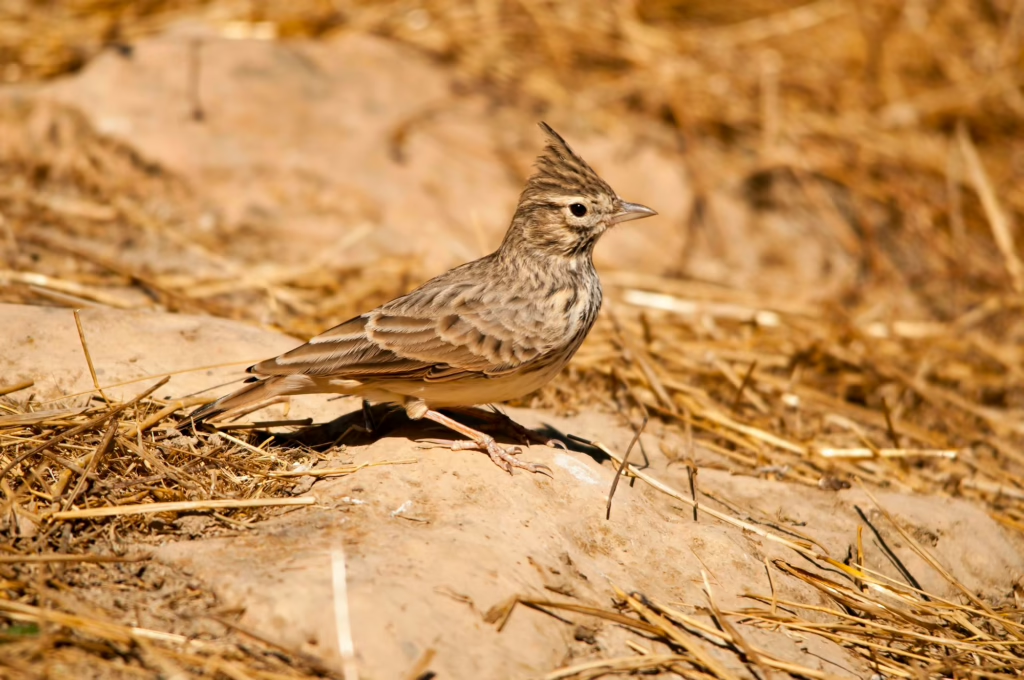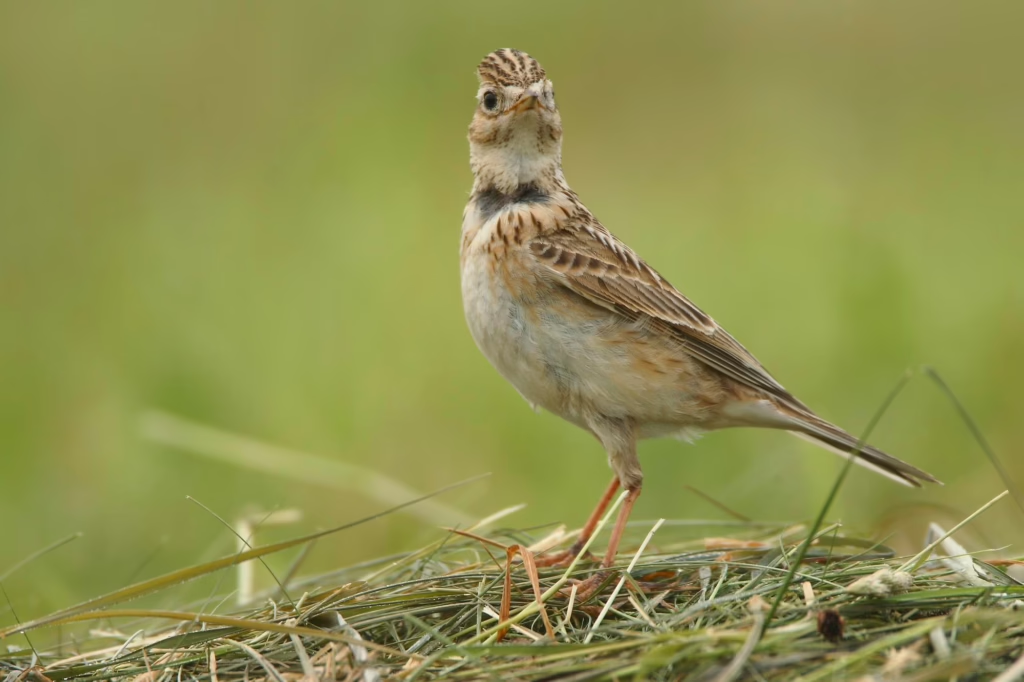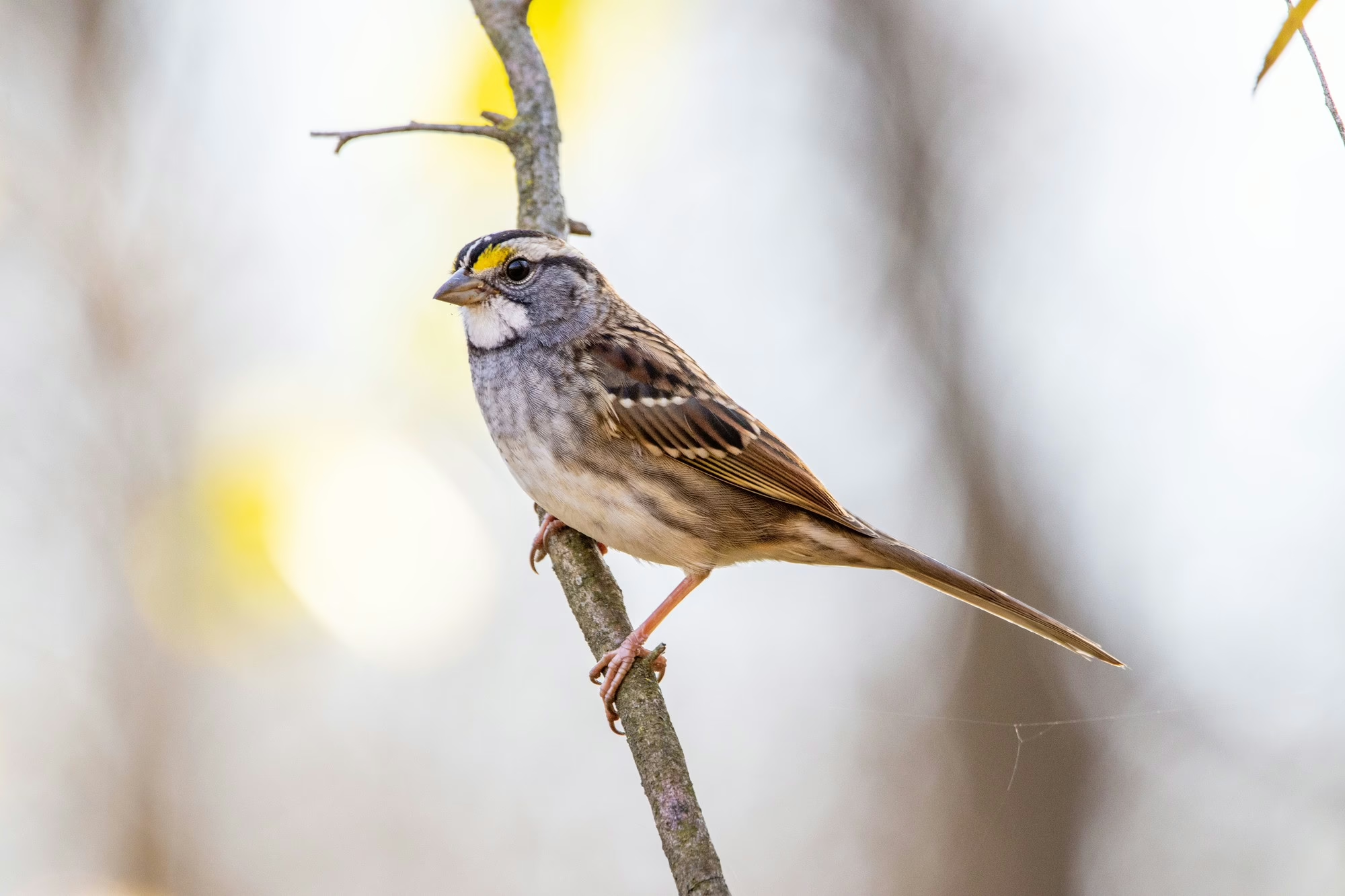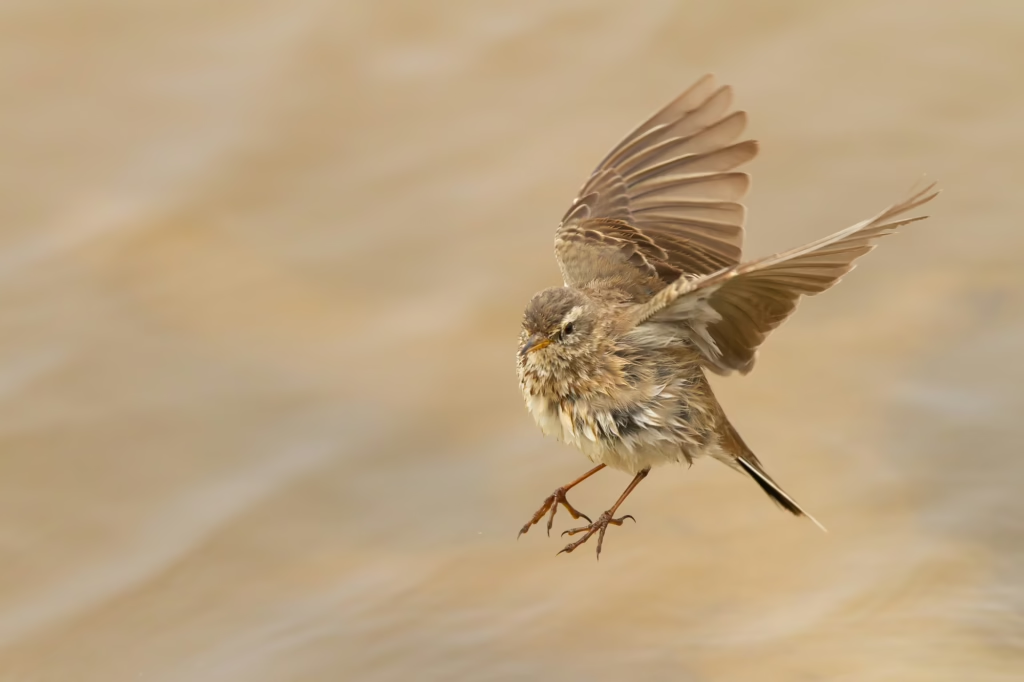William Wordsworth’s “To the Skylark” is a reflective Petrarchan sonnet that pays tribute to the skylark not as a mystical or otherworldly symbol, but as a moral and spiritual exemplar found within nature. Composed in 1825 and rooted in Wordsworth’s mature poetic vision, the poem emphasizes simplicity, constancy, and inner joy—values that lie at the heart of his Romantic philosophy. Unlike Shelley’s more ecstatic and ethereal treatment of the same bird, Wordsworth admires the skylark for its ability to balance aspiration with rootedness, flight with return, and inspiration with loyalty to home. Through quiet admiration and philosophical questioning, the poet explores how the bird’s life offers a model for wise human conduct—remaining true to one’s nature while harmonizing the opposing forces of heaven and earth. The following expression-wise analysis unpacks the poem’s language, imagery, and poetic devices to reveal its deeper thematic richness and moral clarity.

Ethereal minstrel! pilgrim of the sky!
The poem begins with a direct and reverent address to the skylark. Wordsworth hails the bird as an “ethereal minstrel,” suggesting a heavenly musician, and a “pilgrim of the sky,” emphasizing its wandering, spiritual nature. These titles elevate the bird to something beyond the physical—a being of pure joy and purpose, aligned with heaven.
Figures of Speech:
Apostrophe – The poet speaks directly to the skylark as though it were present.
Metaphor – “Minstrel” compares the bird to a singer; “pilgrim” compares it to a spiritual seeker.
Epithet – The word “ethereal” suggests the bird’s light, heavenly quality.
Alliteration – The repetition of the soft consonants ‘m’ and ‘p’ in minstrel and pilgrim enhances musicality.
Dost thou despise the earth where cares abound?
Here, the speaker questions whether the skylark, soaring so high in the heavens, looks down in disdain at the troubled, sorrow-filled world below. It introduces a contrast between the carefree world of the skylark and the burdened life of humans.
Figures of Speech:
Rhetorical Question – Invites reflection rather than an answer.
Alliteration – The repetition of the ‘d’ sound in dost and despise, and the hard ‘c’ in cares and cannot, adds emphasis.
Juxtaposition – The bird’s heavenly flight is contrasted with the burdens of earthly existence.
Or, while the wings aspire, are heart and eye
Both with thy nest upon the dewy ground?
Now the speaker presents another possibility: that although the bird soars in the sky, its heart and sight remain lovingly fixed on its home below. This suggests a harmony between spiritual aspiration and earthly responsibility—a theme central to Wordsworth’s philosophy.
Figures of Speech:
Metaphor – “Wings aspire” stands for striving or rising to a higher plane—possibly spiritually or artistically.
Symbolism – The “nest” represents grounding, family, or domestic responsibility.
Visual imagery – “Dewy ground” paints a tender and peaceful picture of the bird’s home.
Enjambment – The sentence flows over two lines, mirroring the duality of aspiration and rootedness.
Thy nest which thou canst drop into at will,
Those quivering wings composed, that music still!
The speaker continues to admire how the bird can freely return to its nest whenever it chooses, calming its wings and pausing its song. This reinforces the idea that the skylark’s beauty lies not in escapism, but in its balance between action and rest, flight and homecoming.
Figures of Speech:
Visual imagery – “Quivering wings” and “drop into” create a graceful, dynamic visual of the bird’s descent.
Alliteration – The repeated ‘w’ in wings and will adds to the soft rhythm.
Antithesis – “Quivering” and “composed,” or movement and stillness, are contrasted within the same clause.
Metaphor – “That music still” refers to the bird’s silence, not just the absence of song but a moment of spiritual rest.

Leave to the nightingale her shady wood;
A privacy of glorious light is thine;
Wordsworth contrasts the skylark with the nightingale—traditionally a bird of evening, sorrow, and hidden beauty. The skylark, in contrast, lives in the open sky, singing in daylight. The poet sees this openness and purity as superior: a “privacy” not of shadow, but of light.
Figures of Speech:
Allusion – The “nightingale” references poetic tradition, especially Keats, where it symbolizes hidden, melancholic beauty.
Oxymoron – “Privacy of glorious light” combines ideas of seclusion and openness.
Antithesis – “Shady wood” (dark, enclosed) vs. “glorious light” (bright, exposed).
Metaphor – “Privacy of glorious light” suggests the skylark’s ability to find its own sacred space even in openness.
Whence thou dost pour upon the world a flood
Of harmony, with instinct more divine;
The skylark sings not for fame or pride but from an inner, divine impulse. Its song is described as a “flood of harmony”—a powerful and continuous outpouring of music that blesses the world. The poet sees this as closer to divine instinct than to reasoned intention.
Figures of Speech:
Metaphor – “Pour… a flood of harmony” equates the bird’s song to a life-giving force like water.
Hyperbole – The grandeur of “a flood” emphasizes abundance and overwhelming beauty.
Alliteration – The soft ‘h’ in harmony and instinct enhances the musical tone.
Transferred epithet – “Instinct more divine” assigns holiness to the natural impulse of the bird.
Type of the wise who soar, but never roam;
True to the kindred points of Heaven and Home!
The poem concludes with a direct comparison between the skylark and the wise human. The bird symbolizes the ideal person: someone who aspires upward (toward Heaven) but never forgets or abandons earthly duties (Home). The “kindred points” refer to the sacred balance between spiritual striving and domestic faithfulness.
Figures of Speech:
Metaphor – The skylark is a “type” (symbol or model) of the virtuous human.
Alliteration – “Heaven and Home” and “soar” and “never” echo a smooth, reflective sound.
Antithesis – “Soar” (aspire) vs. “never roam” (stay rooted) captures the essence of stable aspiration.
Symbolism – “Heaven” represents ideals or spiritual purpose; “Home” signifies love, duty, and grounding.

This sonnet presents the skylark as an emblem of harmonious living—balancing inner joy, outer expression, and moral stability. Through careful metaphors, contrasts, and a tone of admiration, Wordsworth transforms a simple bird into a moral teacher, quietly reflecting his Romantic ideals of unity between the spiritual and the natural world.


